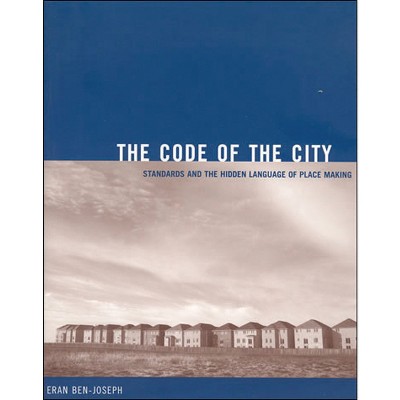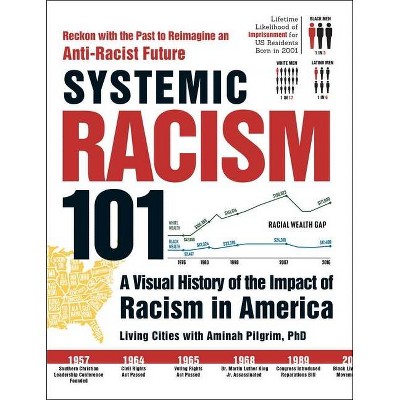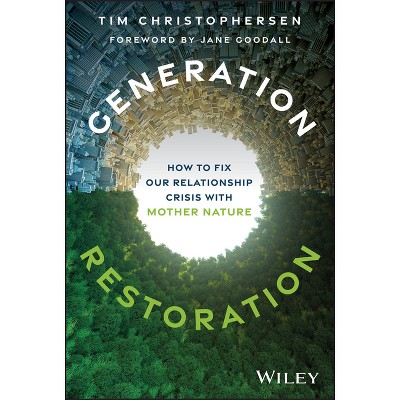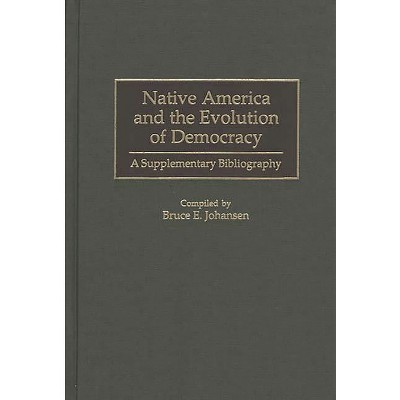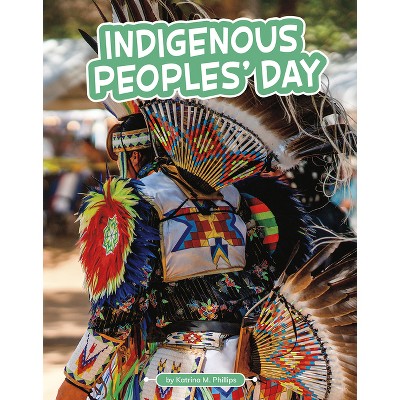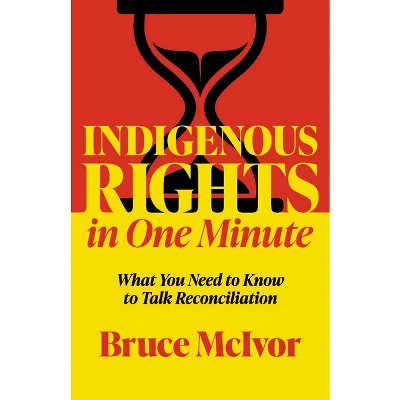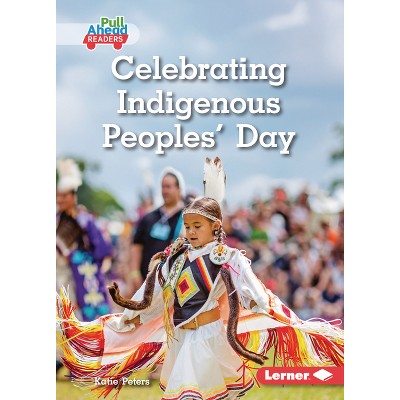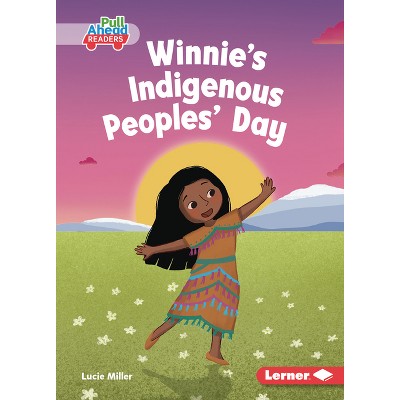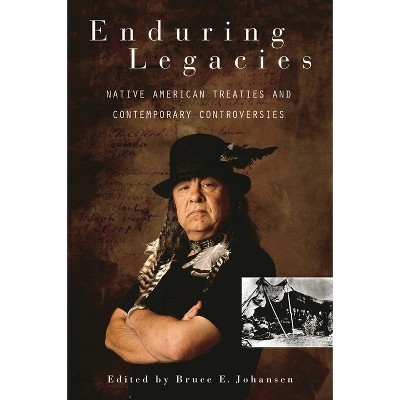Sponsored

Indigenous Peoples and Environmental Issues - by Bruce Elliott Johansen (Hardcover)
In Stock
Sponsored
About this item
Highlights
- From Argentina to Zimbabwe, the industrialized world's encroachment on native lands has brought disastrous environmental harm to indigenous peoples.
- About the Author: BRUCE E. JOHANSEN is Professor of Communication and Native American studies at the University of Nebraska, Omaha.
- 552 Pages
- Social Science, Human Geography
Description
About the Book
From Argentina to Zimbabwe, the industrialized world's encroachment on native lands has brought disastrous environmental harm to indigenous peoples. More than 170 native peoples around the world are facing life-and-death struggles to maintain environments threatened by oil spills, explosions, toxic chemicals, global warming, and other pollutants. This unique resource surveys those indigenous peoples and the environmental hazards that threaten their existence, providing a wealth of information not readily available elsewhere.
Arranged geographically, each entry focuses on the peoples of a particular country and the environmental issues they face, from the global warming and toxic chemicals threatening the Arctic Inuits, to the logging that is devastating indigenous habitats in Borneo. General entries overview such topics as climate change, dam sites, and Native American Concepts of Ecology. The 'Guide to Related Topics' and index provide access to recurring themes such as deforestation, hydroelectric power, mining, and land tenure.
Book Synopsis
From Argentina to Zimbabwe, the industrialized world's encroachment on native lands has brought disastrous environmental harm to indigenous peoples. More than 170 native peoples around the world are facing life-and-death struggles to maintain environments threatened by oil spills, explosions, toxic chemicals, global warming, and other pollutants. This unique resource surveys those indigenous peoples and the environmental hazards that threaten their existence, providing a wealth of information not readily available elsewhere.
Arranged geographically, each entry focuses on the peoples of a particular country and the environmental issues they face, from the global warming and toxic chemicals threatening the Arctic Inuits, to the logging that is devastating indigenous habitats in Borneo. General entries overview such topics as climate change, dam sites, and Native American Concepts of Ecology. The 'Guide to Related Topics' and index provide access to recurring themes such as deforestation, hydroelectric power, mining, and land tenure.Review Quotes
?[T]his eye-opening survey of environmental conflict will serve student researchers well.?-Academia
?A good starting point for students investigating how cultural differences and perspectives affect the environment. Recommended. All libraries.?-Choice
?There are no other current reference books specifically devoted to the global environmental issues of indigenous peoples. This volume is particularly recommended for public and academic libraries.?-Booklist/Reference Books Bulletin
?This book shows that more than 170 native peoples around the world are facing life and death struggles to maintain environments threatened by oil spills, explosions, toxic chemicals, global warming, other pollutants, and the like.?-Geauxto.com
?While the reference literature of human ecology is well established, this timely work is the first volume in this field to focus specifically on the complex political and social interactions of indigenous populations with outside threats of development, whether corporate or governmental in nature....Given the highly scattered nature of much of the primary documentation on this issue, this moderately-priced resource belongs in the science collections of all large public libraries as well as college and university libraries supporting undergraduate and graduate programs in anthropology, geography, environmental management, political science and history. Law libraries wishing to have a review of the major locations and conflicts to supplement the coverage of specific cases and points of domestic or international law will also find it of value.?-E-Streams
"ÝT¨his eye-opening survey of environmental conflict will serve student researchers well."-Academia
"[T]his eye-opening survey of environmental conflict will serve student researchers well."-Academia
"A good starting point for students investigating how cultural differences and perspectives affect the environment. Recommended. All libraries."-Choice
"There are no other current reference books specifically devoted to the global environmental issues of indigenous peoples. This volume is particularly recommended for public and academic libraries."-Booklist/Reference Books Bulletin
"This book shows that more than 170 native peoples around the world are facing life and death struggles to maintain environments threatened by oil spills, explosions, toxic chemicals, global warming, other pollutants, and the like."-Geauxto.com
"While the reference literature of human ecology is well established, this timely work is the first volume in this field to focus specifically on the complex political and social interactions of indigenous populations with outside threats of development, whether corporate or governmental in nature....Given the highly scattered nature of much of the primary documentation on this issue, this moderately-priced resource belongs in the science collections of all large public libraries as well as college and university libraries supporting undergraduate and graduate programs in anthropology, geography, environmental management, political science and history. Law libraries wishing to have a review of the major locations and conflicts to supplement the coverage of specific cases and points of domestic or international law will also find it of value."-E-Streams
About the Author
BRUCE E. JOHANSEN is Professor of Communication and Native American studies at the University of Nebraska, Omaha. He has authored a number of books on indigenous and environmental subjects, the two most recent being The Global Warming Desk Reference (2001) and The Dirty Dozen: Toxic Chemicals and the Earth's Future (2003).Shipping details
Return details
Trending Non-Fiction





